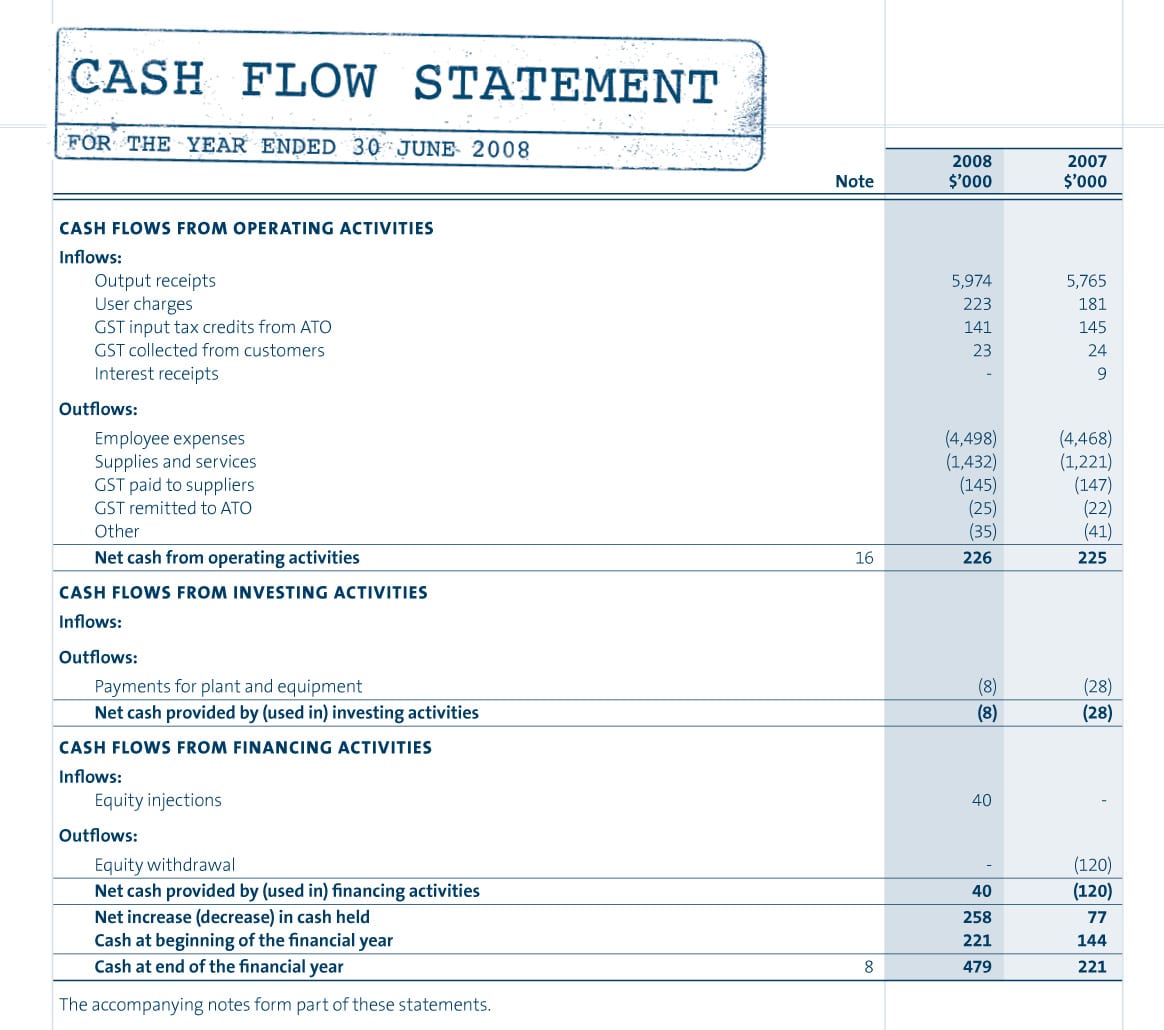When you have decided it is time to part ways with alcohol, a good therapeutic way to announce your decision is by writing a Goodbye Letter to Alcohol . I have no idea how I’m ever gonna eat crawfish again. I went without you this year, and it sucked, especially since you were cheating on me with everyone else.
Goodbye Letter to Addiction Template
I needed you, I often couldn’t get through my days without you. Whatever happened in my life, you were always there to help me to celebrate the good times, to soothe the bad, and muddle through the mediocre. If they didn’t love you as much as I did, I couldn’t be friends with them.
Look to a Joyful Future With Your Friends and Family Members
It often involves witnessing a loved one battle a powerful addiction that affects not only their own life but also the lives of those around them. For spouses of alcoholics, the decision to leave a marriage can be a difficult and painful one. The closing will be determined in both tone and substance. The matter is settled; you’ve made up your mind about leaving addiction to drugs or drinking behind. Just as you begin the letter with a no-nonsense acknowledgment, you will end with a final farewell. But it’s also fine to admit that alcohol destroyed your life and was a thief of your time and energy.
If you find yourself in a situation where you need to write a goodbye letter to an alcoholic husband, know that you are not alone. There are resources and support available to help you navigate this difficult time. Take care of yourself, seek support from loved ones or a professional if needed, and remember that healing is possible.
- Use of this site constitutes acceptance of Sober Recovery’s “Terms of Use”, “Privacy Policy”, “Cookie Policy”, and “Health Disclaimer”.
- You brought out the exciting, fun, relaxed, invincible girl.
- This letter is as much a way of saying goodbye to the addiction as it is a commitment to one’s self to break free.
- I started having significant consequences, totaled a car, got into multiple accidents and lost my life because of you.
- I mean, damn, I can barely remember all those late night documentaries we watched on Netflix.
Your struggle with alcoholism has deeply affected our relationship, and I believe that seeking help and support is crucial for your recovery. Thank you for the good memories and I’ll try to forget the bad. They deserve me without you tagging along.
This helps to underscore the reasons for your decision to let go. It’s a sincere acknowledgment of the challenges and a declaration of determination to move toward a life of resilience and fulfillment. This letter symbolizes liberation and renewal, embodying the individual’s resolve to embrace a brighter tomorrow beyond the shadows of addiction.
The Short Letter That Can Change Your Entire Life
I’m the one that dragged you along into my adult days. You’re a goodbye letter to alcohol loyal dude, so you had no problem with that. Did you notice towards the end, how much we cried together. All those sad midnights looking in the mirror. We had become such closet companions towards the end. I seemed to need you for damn near everything.
Fun and Engaging Farewell Party Games and Ideas
I hope you can respect that, and leave me alone. I honestly used to think I couldn’t be happy without you in my life, but I want you to know how wrong I was. While life is far from perfect, I have never felt happier than I do now, happier in my own skin, comfortable in who I am. Life still feels a bit shitty quite often, there’s a lot of shitty stuff going on out there, but I can deal with it so much better now I have self-respect. You nearly took that from me forever, but I have it back, and you will never have it again.
Please feel free to reach out to our team. We look forward to helping you have brighter, happier future. I’ve realized that your temporary relief isn’t worth the long-term damage.


